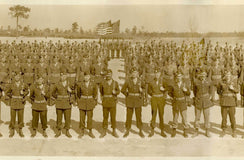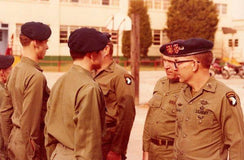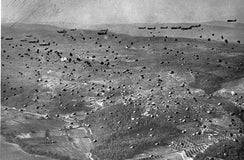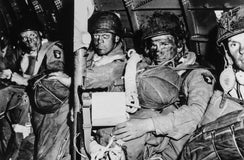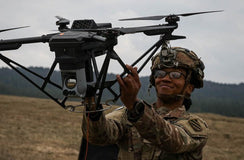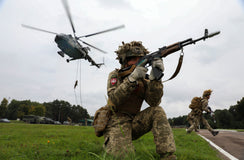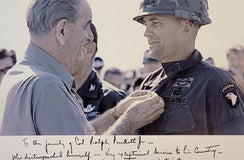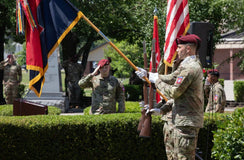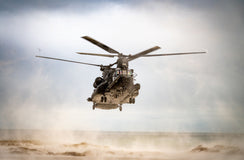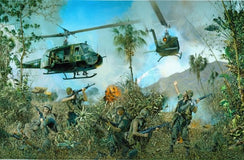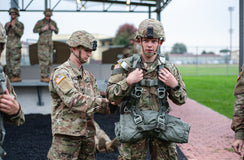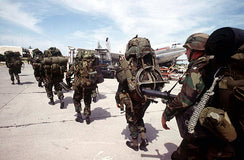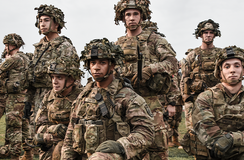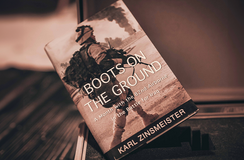Five Years Ago, we were “Lying to Ourselves.” Is the Army still doing it?
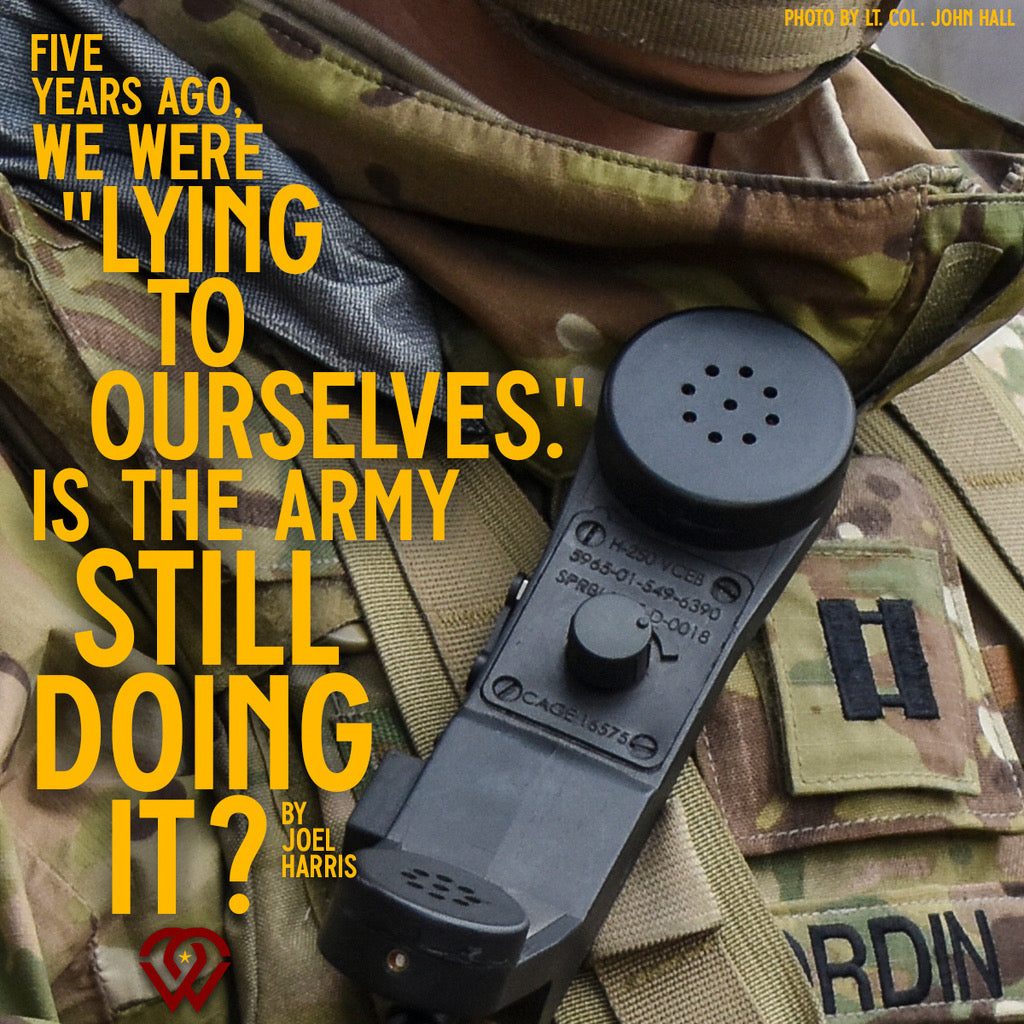
In February 2015, the Strategic Studies Institute and the U.S. Army War College Press published a report that sent shockwaves throughout the officer corps. Lying to Ourselves: Dishonesty in the Army Profession outlined in brutal detail a “culture of dishonesty” within the Army and the organizational failures that nurtured it.
For years after its publication, the report was discussed and thoroughly chewed on during OPDs and NCOPDs alike. Heads nodded in agreement; the constant tide of mandatory training was bemoaned; senior commanders swore up and down not to propagate the “zero tolerance for failure” climate that fed the issue.
But did things change?
Let’s start with a quick reminder. In broad strokes, the 2015 report offers recommendations for combating the culture of deceit within the Army.
Firstly, we must acknowledge the problem that exists both on the organizational and personal level. Secondly, they recommend exercising restraint and giving an eye of scrutiny towards mandatory training and limiting how commands feed the “good idea fairy.” Lastly, the report suggests that the Army must “lead truthfully.” This means senior leaders should be standing up to political appointees and officials who want more training on the latest hot-button issue. This also means reporting honestly and taking the potential consequences of doing so. One must be willing, at times, to fall on their sword for the sake of reporting truthfully.
The issue, however, is not just mandatory training taking more time than is available. The problem is Army-wide and in multiple areas. Look within your formations. Do you have a Supply Sergeant who answers, “you don’t want to know,” when asked where extra parts and equipment came from? Was all the required 350-1 training really completed before block leave? Did a the 40-hour annual service on a HMMWV take 40 hours, or was it pencil-whipped? Was the service packet for that vehicle filled out to demonstrate as such?
Now while I’ve slept comfortably under my DD214 blanket for several years, I can still vividly remember my time as a staff officer and a company commander. Gather round kids, time to crack open the Former Captain’s Logs for story time.
The year? 2015. The place? Fort Hood. Two of the larger sustainment units on post deployed their headquarters elements. This left about a dozen or so companies in need of signature authority. Our brigade support battalion was assigned six of these companies. Now, usually, this meant that those companies would keep doing business as usual, and things requiring battalion signature would get forwarded to us.
That was not the case.
Due to some, if I’m going to be brutally honest, OER bullet hunting by our BC, those six units were completed shuffled to our battalion. Our battalion grew to nine companies and over 1,000 troops. We were, effectively, not a CSSB in size.
During this transition, the additional duty officers of our battalion were required to inspect these six companies to ensure they were up to standard: Safety, Environmental Compliance, EO, the works. You can already see where this is going.
No one thought this was an effective use of time, and inspections went as you would expect them to. On the spot, corrections ruled the day, and all of these companies passed with flying colors in near-record time.
Fast forward several months. Battalion staff duty is now inspecting nine companies worth of Arms Rooms spread across the post. How many times do you think the duty officer came through and conducted the before and after midnight inspections at the same time?
Many of you reading this are likely saying to yourselves, “yeah, of course, that happened.” Some of you might even suggest that these things aren’t that big of a deal. Everyone does it. You’re spending less time on nonsense and spending more time on things that are actually mission essential.
That’s the point of the report. This kind of attitude is ubiquitous. It is ingrained into the very culture of our bureaucracy.
So where do we go from there? Did things change in the five years since that report was published?
Fortunately, the report brought to light what many leaders and subordinates alike bemoaned. There was too much mandatory training. With only so much time to train, something had to give. Sometimes that something was readiness. Sometimes it was honesty. Either way, something had to be done.
Enter Army Directive 2018-07, Prioritizing Efforts - Readiness and Lethality and the seven updates that followed. The Secretary of the Army cut a large swatch through the mandatory training list, making multiple items no longer required by HQDA. Several of HQDA’s worst offenders were eliminated. TRiPS, the SLRRT, the Accident Avoidance Course, and many others met the chopping block. These measures undoubtedly helped, but were they enough?
While a reduction in training is definitely helpful, both the report and our collective experience tell us that it’s more than mandatory training that creates this duplicity culture. When human nature’s desire to find the “path of least resistance” meets the Army’s nature as an organization, there will be the desire and temptation to cut corners and prioritize one thing over another.
The Army, at least during my time, has many competing cultures and belief systems. There is, of course, the Army Values and the moral/ethical guidelines we should live by. There is the desire to place the mission above all else, the inherent drive to be “more hooah” or “harder” than other units, and (among other things) the issues of personal ego, ambition, and pride.
We need only look at Battalion Commanders who need a feather in their cap to make full bird, Command Sergeants Major who think modern problems require Vietnam era solutions, and the age-old stereotype of the invisible and somehow magical Chief Warrant Officers to see that the fuel for this fire still very much exists.
Take the current Coronavirus issue, for example. In order to “improve readiness,” many commanders are trying to shoehorn gunnery tables and other types of training into their schedules – all the while creating a situation which can lead to the spread of that virus, removing some Soldiers from the formation for health reasons, and thereby reducing readiness all in the same stroke.
These aren’t HQDA decisions but unit-level leadership ones. Big Army has made strides towards fixing the issues highlighted in this nowfive-year-old report, but it is up to leaders at the unit level to carry it the rest of the way.


